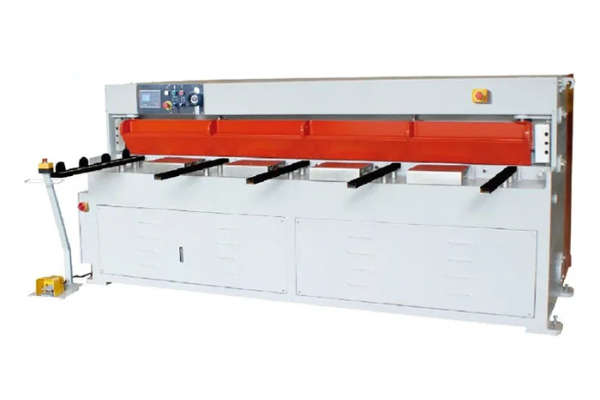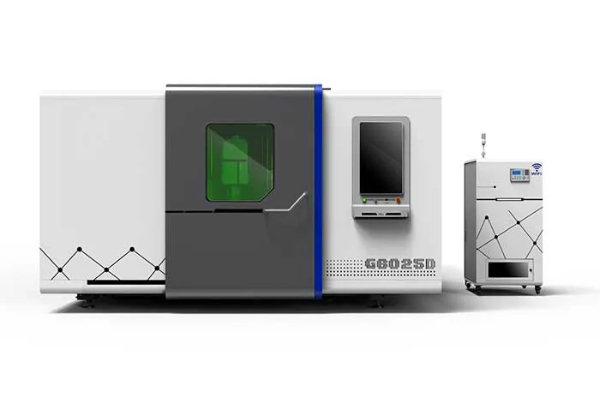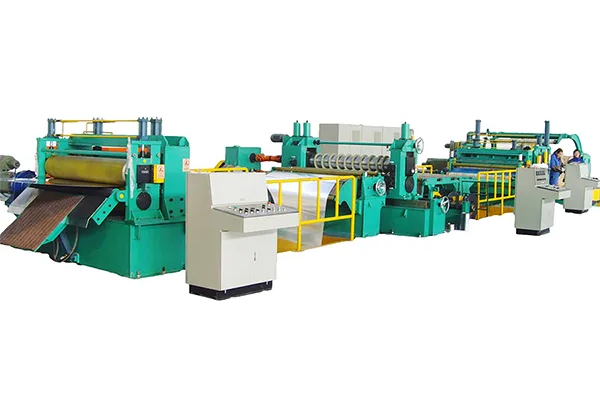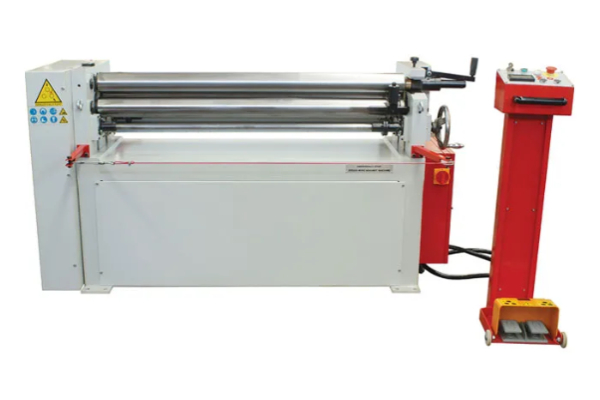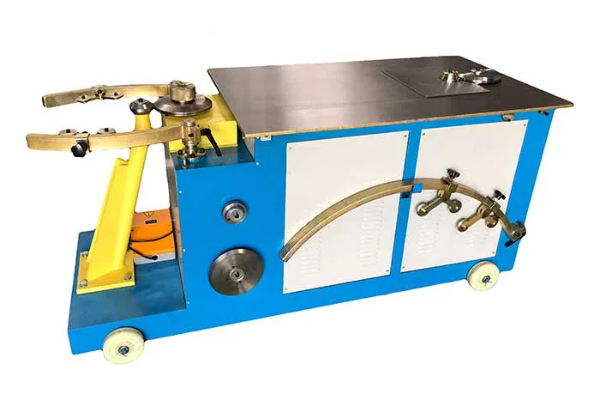
How to Avoid Common Mistakes When Using Duct Fabrication Machines
- By:Metmac
- 2024-05-27
- 169
Duct fabrication machines are powerful tools that can dramatically improve the efficiency and accuracy of ductwork fabrication. However, using these machines can be complex, and common mistakes can lead to costly errors. This guide will provide an overview of how to avoid common mistakes when using duct fabrication machines, ensuring optimal performance and results.
Planning and Preparation
1. Consult Manufacturer’s Instructions:
Before operating the machine, thoroughly read and understand the manufacturer’s instructions. Each machine has unique operating procedures, safety precautions, and maintenance requirements. Ignoring these guidelines can lead to improper use, equipment damage, or personal injury.
2. Ensure Proper Setup:
Properly set up your machine according to the manufacturer’s recommendations. This includes ensuring a stable work surface, proper electrical connections, and clear working space. Inadequate setup can affect machine performance and increase the risk of accidents.
Machine Operation
1. Use Correct Tooling and Settings:
Select the appropriate tooling and settings for the specific ductwork you are fabricating. Incorrect tooling can lead to poor cut quality, reduced machine efficiency, or damage to the duct material.
2. Maintain Clean and Sharp Blades:
Regularly clean and sharpen the cutting blades. Dull or dirty blades can cause uneven cuts, increased machine wear, and reduced productivity.
3. Proper Material Handling:
Handle duct material carefully to avoid bending or damaging it. Use appropriate support and lifting equipment to prevent material from slipping or falling. Improper handling can compromise the quality of the finished product.
Safety Precautions
1. Adhere to Safety Standards:
Follow all applicable safety regulations and industry best practices. Wear proper protective gear, such as gloves and safety glasses. Keep hands away from moving parts, and never operate the machine when under the influence of drugs or alcohol.
2. Routine Machine Inspections:
Regularly inspect the machine for any damage, wear, or loose connections. Inspect electrical components and wiring for any irregularities. Routine inspections help identify potential issues early on, preventing unexpected breakdowns or safety hazards.
Maintenance and Troubleshooting
1. Regular Maintenance:
Perform routine maintenance tasks as per the manufacturer’s recommendations. This includes cleaning, lubrication, and replacing worn parts. Regular maintenance ensures optimal machine performance, reduces downtime, and extends its lifespan.
2. Troubleshooting:
If the machine experiences any issues, follow the troubleshooting guide provided in the manufacturer’s instructions. Attempting to resolve complex issues without proper training can worsen the problem or create safety risks.
-
Advanced Sheet Metal Rolling, Cutting, and Folding Machines for Efficient Fabrication
2025/10/22 -
High-Precision Sheet Metal Bending and Cutting Solutions for Modern Manufacturing
2025/10/22 -
High-Precision Solutions from Leading Sheet Metal Cutting Machine Manufacturers
2025/09/11 -
Reliable Sheet Metal Equipment for Sale to Support Precision Fabrication
2025/07/17
-
Advanced Sheet Metal Rolling, Laser Cutting, and Folding Machines for Precision Fabrication
2025/10/31 -
High-Performance Sheet Metal Bending and Cutting Machines for Modern Fabrication
2025/10/31 -
High-Quality Sheet Metal Equipment for Sale: Efficient Solutions for Modern Manufacturing
2025/10/31 -
High-Performance Sheet Metal Equipment for Sale: Forming and Shearing Solutions for Modern Fabrication
2025/10/22
-
A Guide to the Latest Innovations in Sheet Metal Folding Machines
2024/11/29 -
Key Features to Consider When Investing in a Sheet Metal Folding Machine
2024/11/28 -
Enhancing Precision with Advanced Sheet Metal Folding Machines
2024/11/27 -
How to Choose the Right Sheet Metal Folding Machine for Your Workshop
2024/11/26

